I've bought three of these inverting (negative voltage) DC-DC converters. I'll include hi-res images of the module's PCB at the end of my question.
Two of the three failed in a row during initial testing from a bench power supply, and now I'm afraid to even power on the third one because I really need it working for my project.
The first one: connected it with no load (only a DMM for reading Vout), slowly went through input voltages from +5.5 V to +11.9 V. Output is steady -12.2 V. As soon as I went 0.1 V higher (either 11.9->12.0 or 12.0->12.1, don't remember exactly), there was a pop, a spark, and the magic smoke came out of the small 4R7 inductor. Now the module's input is almost shorted (not exactly 0 Ohm, but a very small input resistance).
The second module: I thought maybe some load is required for normal operation, so I connected a small 3-digit LED voltage meter module, about 12 mA current draw at 12.2 V. This module survived going over +12 V Vin, I tried up to +17 V. Then I left it on at +12 Vin and looked away for a minute or less, when I returned - it was fried just as the first one, except there was no smoke nor a spark.
I did some searching online and found a TI application note for building a TPS5430 inverting buck-boost converter. I don't see any usage limitations that I might have broken when testing my modules, but also, the TI circuit has a single inductor and my PCB has two of them so they're not an identical design.
Do you have any idea why two out of two modules the I tested died almost immediately with small load or no load, and whether I can do anything to keep the last remaining one alive and working with 0-100 mA of output current?
Photos of my regulator PCB:

